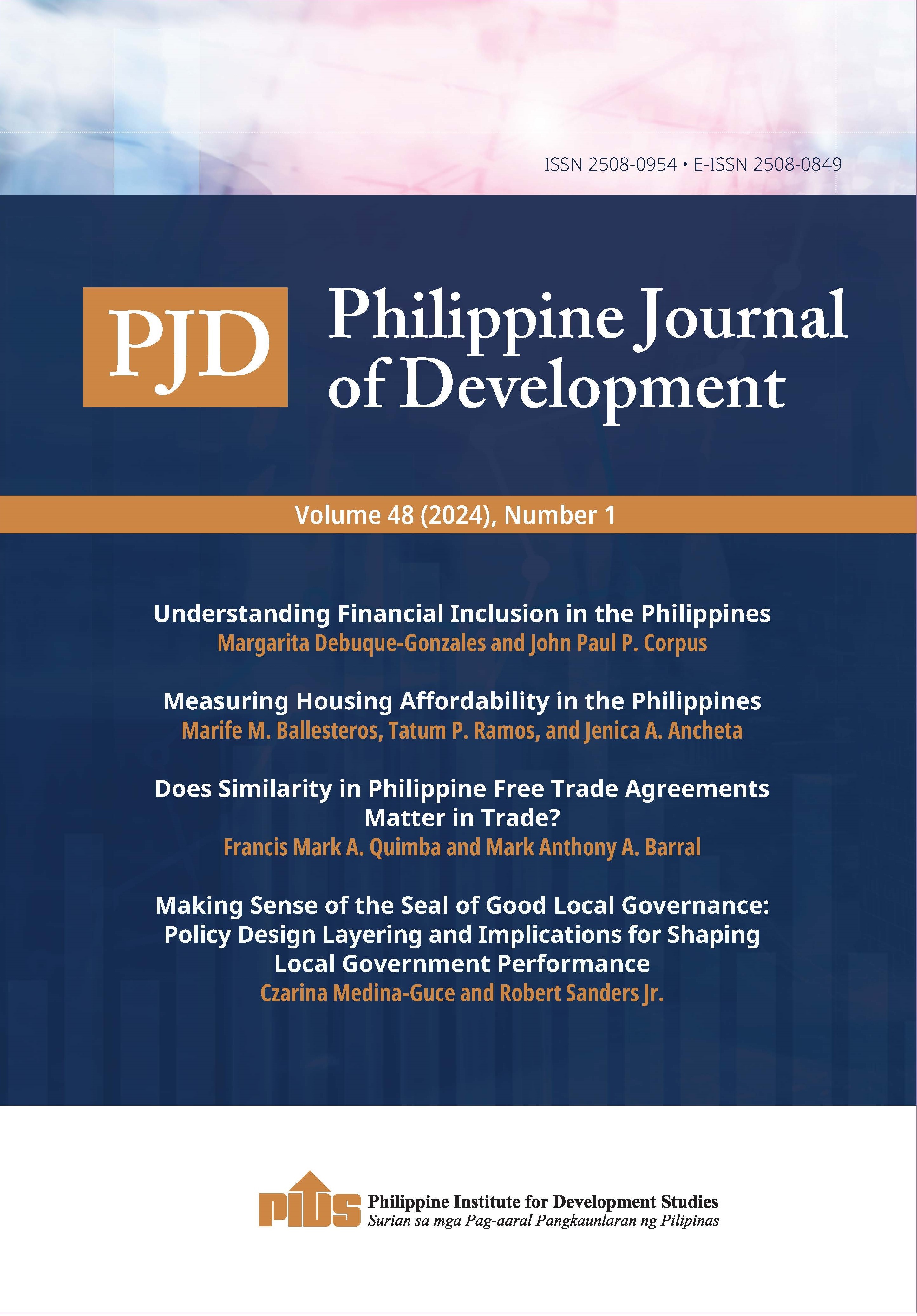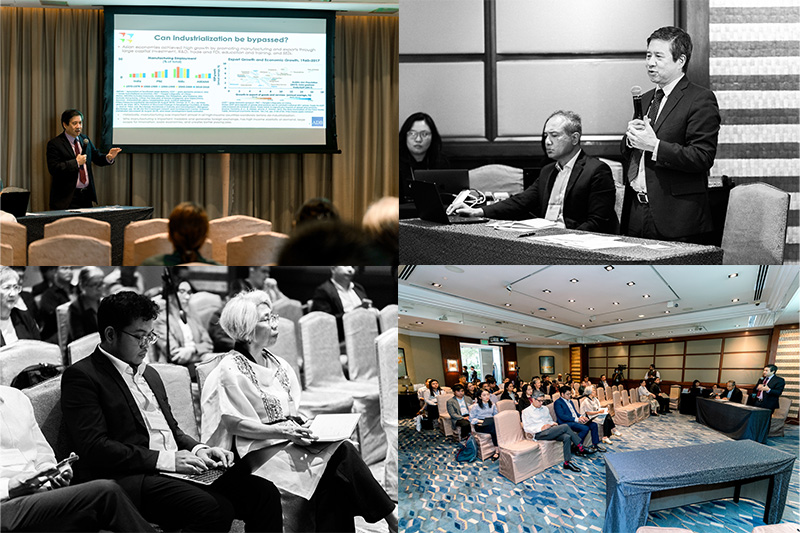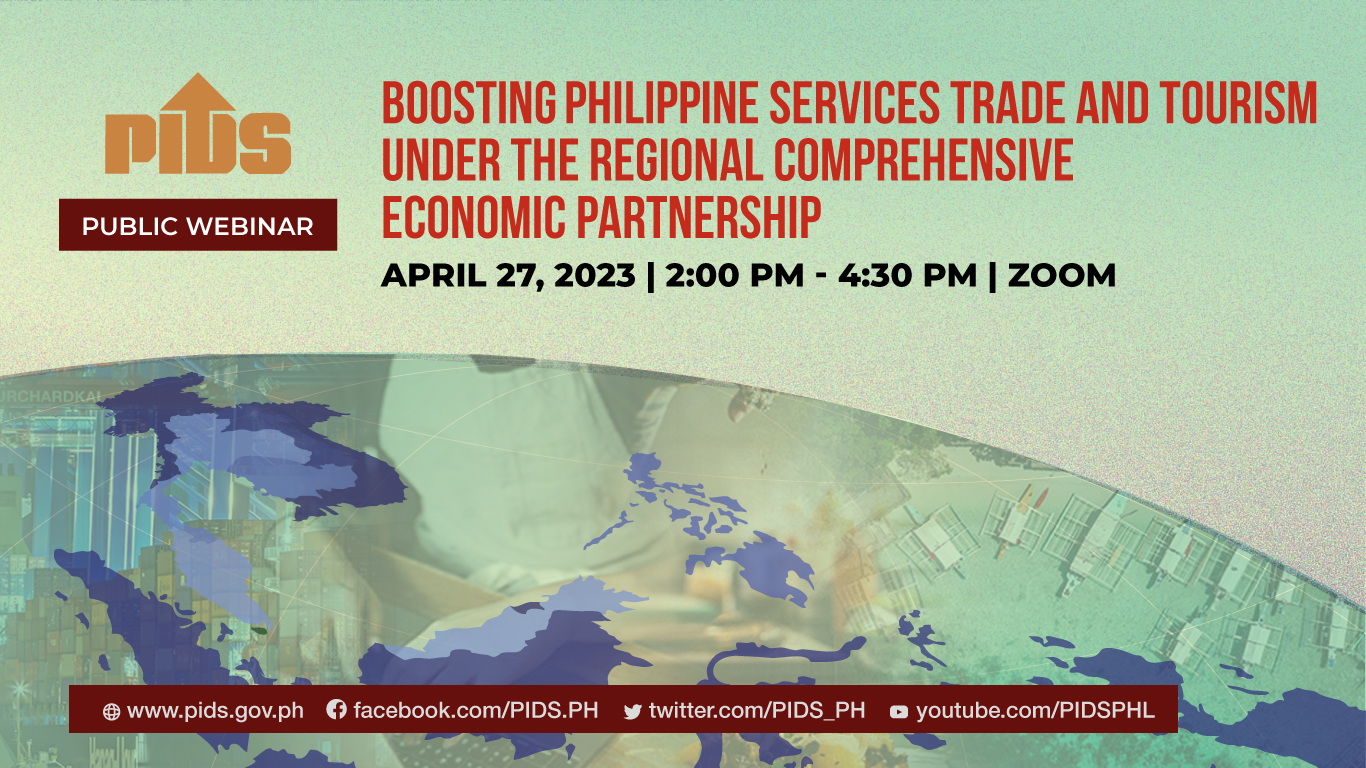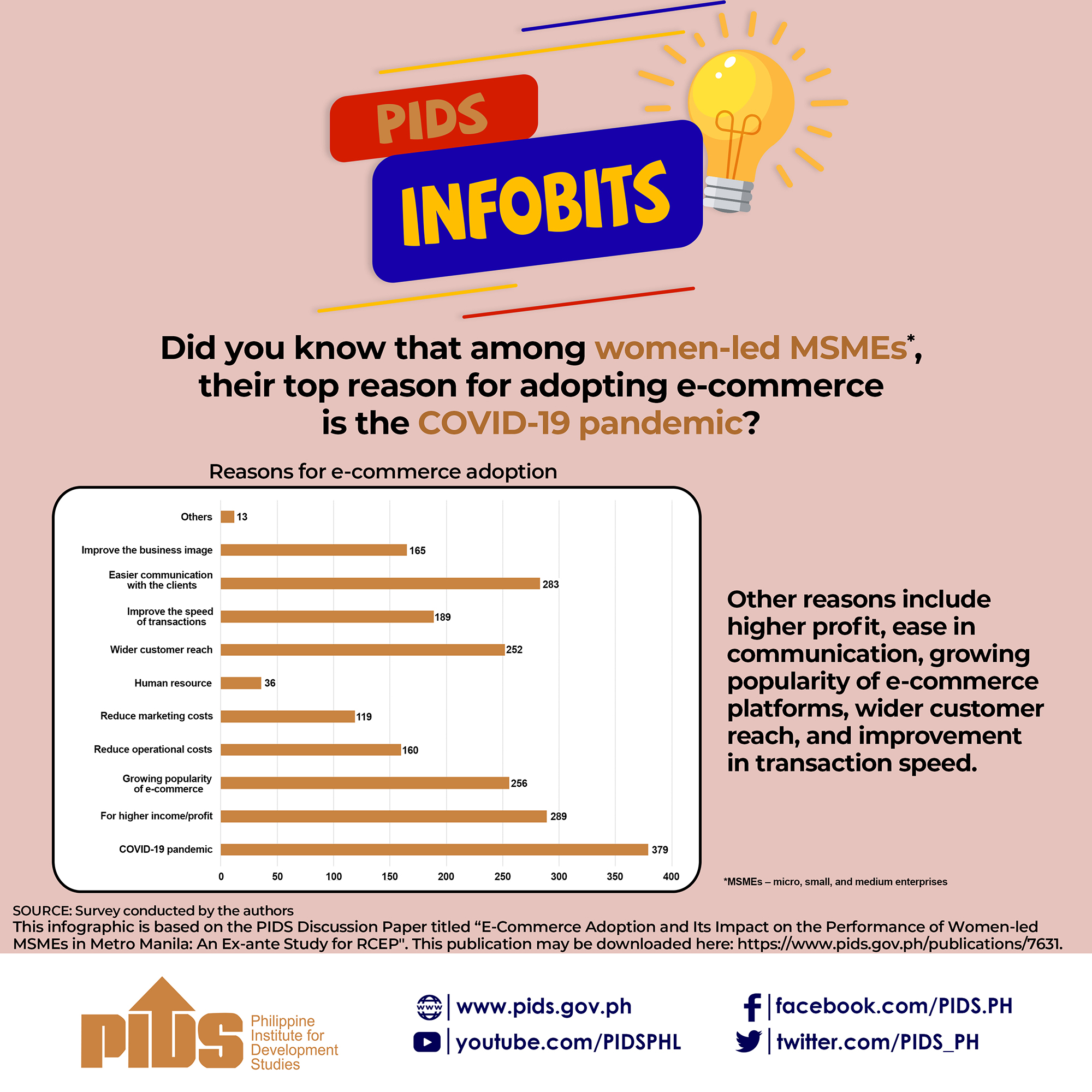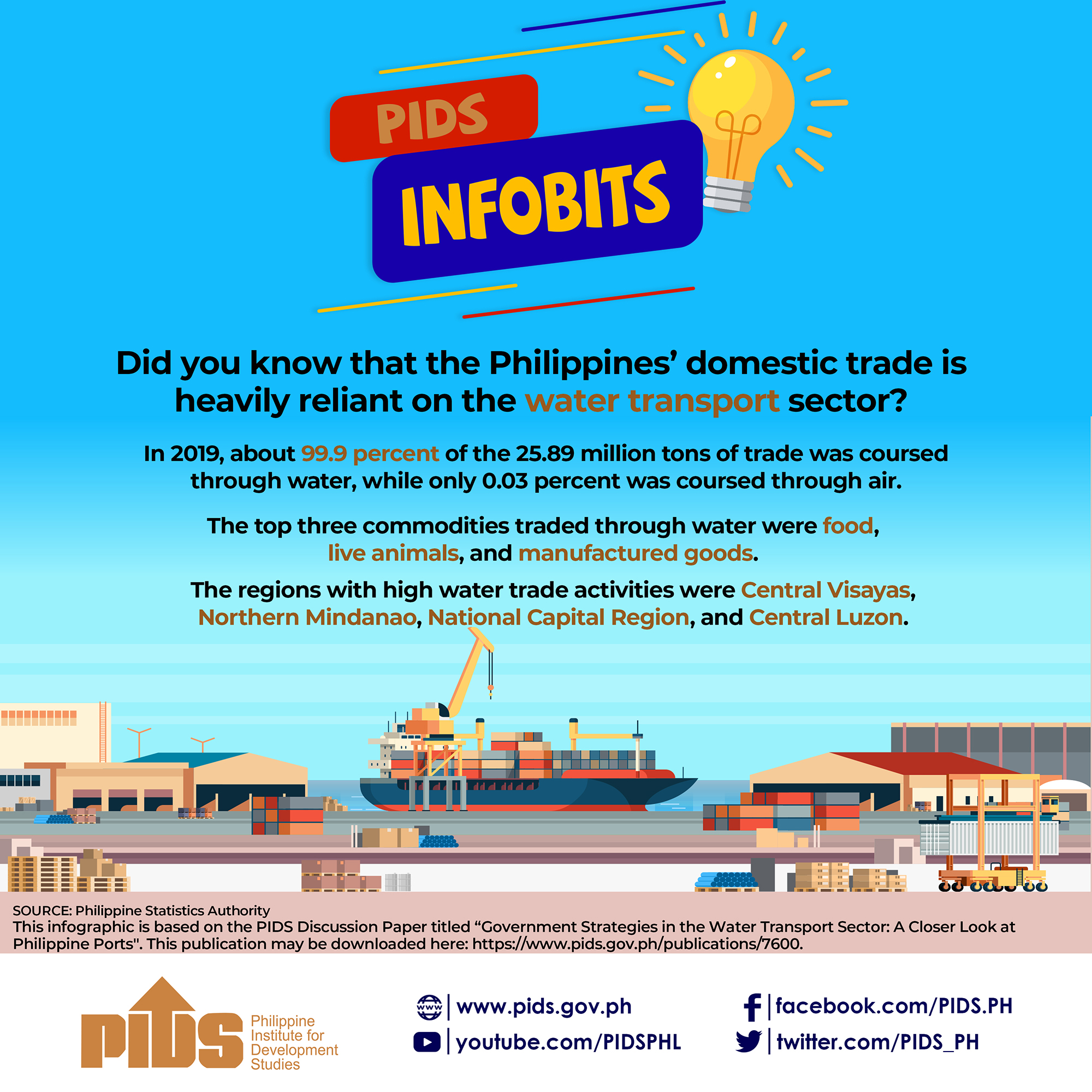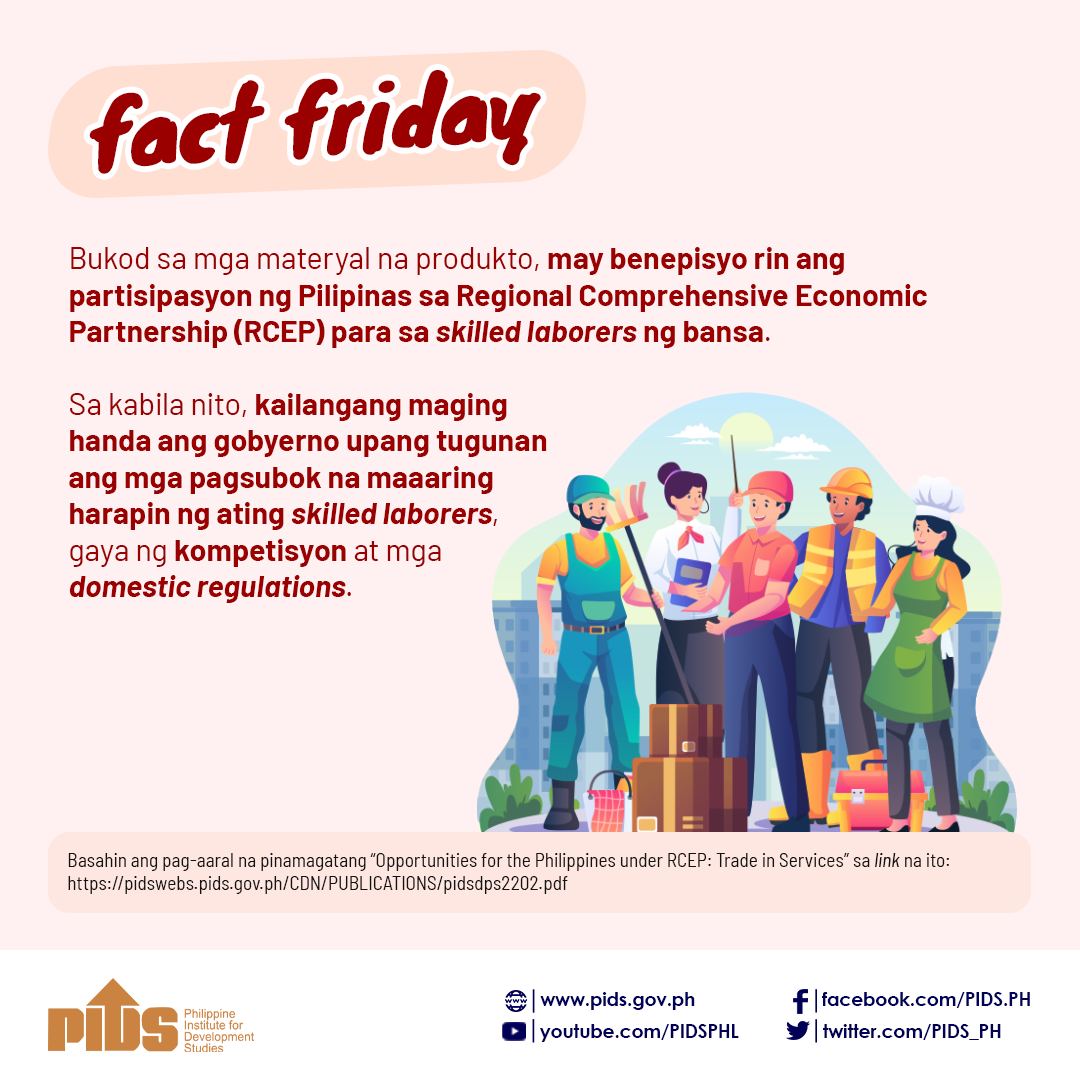QUEZON CITY, Nov. 4 -- The Brunei Darussalam-Indonesia-Malaysia- Philippines East ASEAN Growth Area (BIMP-EAGA), a subregional economic cooperation in Southeast Asia, can help Mindanao reap the fruits of the so-called New Globalization.
This was emphasized by Mindanao Development Authority’s (MinDA) Deputy Executive Director Romeo Montenegro at the Fifth Mindanao Policy Research Forum (MPRF) held in General Santos City recently.
The BIMP-EAGA covers the entire sultanate of Brunei Darussalam; Kalimantan, Sulawesi, Maluku, and Papua in Indonesia; the federal states of Sabah and Sarawak and the federal territory of Labuan in Malaysia, and Mindanao and Palawan in the Philippines.
Established in 1994, the BIMP-EAGA was formed to “spur economic development in the lagging subeconomies” by narrowing the development gaps among its member-states. Despite being located in different countries, one of BIMP-EAGA’s advantages is the close proximity of its focus areas.
As the world sees developments under the New Globalization unfold, Montenegro said that the BIMP-EAGA’s characteristics can potentially boost trade in the subregion which, eventually, can help Mindanao develop.
“BIMP-EAGA, as an economy, accounts for one fifth of the total [gross domestic product] of ASEAN. Ganun kalaki ang economy ng BIMP-EAGA,” Montenegro said. He also claimed that BIMP-EAGA sees its strength in terms of being “a major food basket” as well as having the world’s richest biodiversity areas.
With many common characteristics among the four member-states, Montenegro said many have wondered how the Philippines, particularly Mindanao, can stand out.
“Ang daming nag-comment, ‘What do we trade across borders? We generally provide and produce the same thing.’ We’re not looking at trading the same thing, we are looking at complementation [of products],” he narrated, adding that Mindanao can look at producing goods and products that are needed in other member-states.
Furthermore, Mindanao can also look at participating in the global value chain through its agriculture sector, which according to Montenegro, can “create a dent in terms of reducing poverty in the region”.
“Sumasakay ka sa iyong Innova—Toyota, which is a Japanese brand, but with some parts being assembled in Indonesia, rubbers in Thailand, and other electronic [parts] in several other countries. That is because of the ASEAN production network,” Montenegro explained.
“In the case of Mindanao, we don’t want to compete with CALABARZON in producing semiconductors and electronic products—that is not our strength. Our strength is in the agri sector—where 40 percent of the country’s food trade come from and where 60 percent of jobs created in Mindanao are related to the agriculture value chain,” he added.
Importance of connectivity
The promising future of Mindanao under the BIMP-EAGA will only be possible if the region’s connectivity—transportation and communication—to other member-states is improved, Montenegro emphasized.
He urged the national government to provide the necessary infrastructure support to Mindanao, lamenting the minimal financial resources allocated to the region.
“Up until today, we are only getting 12 percent of the national budget. [For] the Department of Transportation budget alone, 90 percent is in Luzon [while] only 3 percent is allocated to Mindanao. At least, [with the] Department of Public Works and Highways, 40 percent of the annual public works budget is already allocated to Mindanao,” Montenegro said.
He noted, however, that with the creation of the BIMP-EAGA Vision of 2025, “around USD 21 billion worth of projects were identified” with half of it accounting for infrastructure projects in Mindanao and Palawan.
The MPRF is a regular event jointly undertaken by the Philippine Institute for Development Studies (PIDS) and MinDA, in partnership with a local university. This year, PIDS and MinDA collaborated with Mindanao State University-GenSan campus. Launched in 2015, the MPRF is part of a series of activities organized every September to celebrate the Development Policy Research Month. (PIDS)


